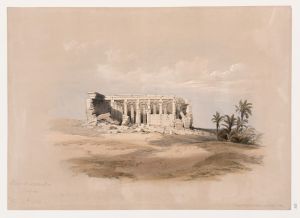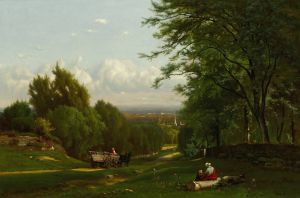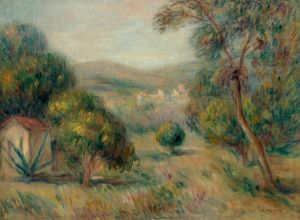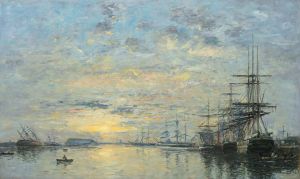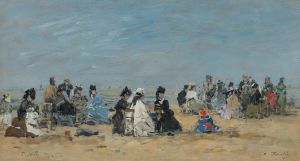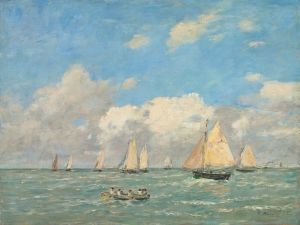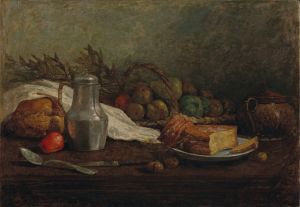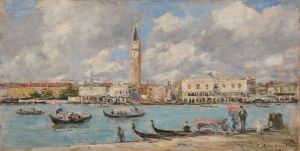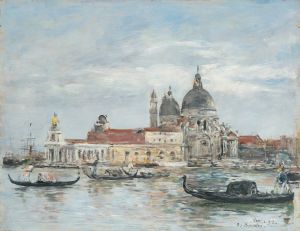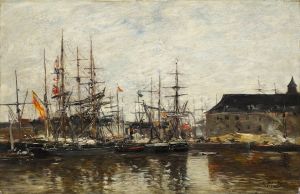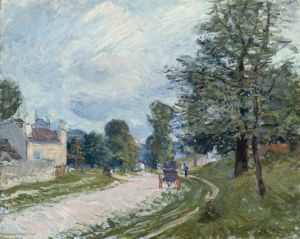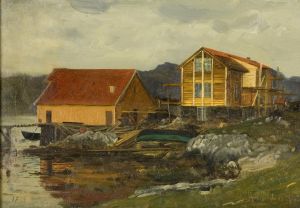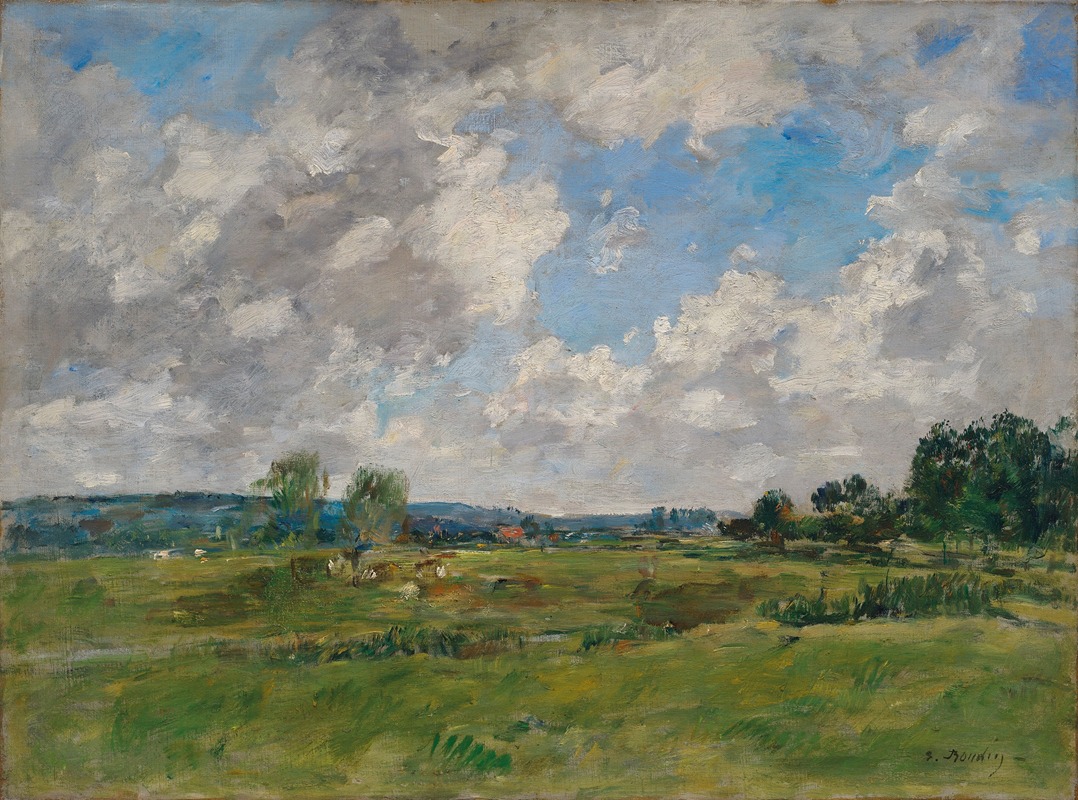
La vallée de la Touques
A hand-painted replica of Eugène Boudin’s masterpiece La vallée de la Touques, meticulously crafted by professional artists to capture the true essence of the original. Each piece is created with museum-quality canvas and rare mineral pigments, carefully painted by experienced artists with delicate brushstrokes and rich, layered colors to perfectly recreate the texture of the original artwork. Unlike machine-printed reproductions, this hand-painted version brings the painting to life, infused with the artist’s emotions and skill in every stroke. Whether for personal collection or home decoration, it instantly elevates the artistic atmosphere of any space.
Eugène Boudin's painting La vallée de la Touques is a work by the renowned French artist, who is often regarded as one of the precursors of Impressionism. Boudin, born in 1824 in Honfleur, Normandy, is celebrated for his landscapes and seascapes, particularly his depictions of the skies and coastal scenes of northern France. His works often capture the natural beauty of the French countryside with a focus on light, atmosphere, and the interplay of clouds and water.
The painting La vallée de la Touques depicts the Touques Valley, a region in Normandy known for its picturesque landscapes, rolling hills, and tranquil rivers. The Touques River flows through this valley, connecting the towns of Lisieux and Pont-l'Évêque before reaching the English Channel near Deauville and Trouville-sur-Mer. This area was a source of inspiration for many artists during the 19th century, including Boudin, who frequently painted scenes from his native Normandy.
In this work, Boudin employs his characteristic style, emphasizing the effects of light and atmosphere on the landscape. The painting likely features a harmonious composition of natural elements, such as the river, meadows, and sky, rendered with soft, fluid brushstrokes. Boudin's ability to capture the transient qualities of light and weather is evident in many of his works, and La vallée de la Touques is no exception. His attention to detail and his sensitivity to the nuances of the natural world reflect his deep connection to the region.
Boudin's paintings were highly regarded by his contemporaries, including Claude Monet, who credited Boudin as a significant influence on his own artistic development. Boudin's focus on plein air painting—working outdoors to directly observe and depict the landscape—was a practice that would later become a cornerstone of the Impressionist movement.
While specific details about the creation date or current location of La vallée de la Touques are not readily available, the painting remains an example of Boudin's dedication to capturing the serene beauty of Normandy. His works continue to be celebrated for their contribution to the evolution of modern landscape painting and their role in bridging the gap between the Barbizon School and Impressionism.






